A few months back I finished one of the best books I have read in a long time – “Peak Performance” by Brad Stulberg and Steve Magness. One of my big takeaways was how important it is to reduce the amount of decisions we have to make each day to allow for more brain space availability for the bigger, harder decisions. If I am spending little amounts of effort on small things, such as “What I am going to wear today?” “What are my kids are going to wear today?” (no they are not old enough to dress themselves yet), “What I am going to have for breakfast or lunch?”, I am wasting “decision-making capital.” There is a fair amount of research on this topic of “trimming the fat” when it comes to wasted brain power to improve your productivity and performance on the things that matter most.
Another area I find particularly important – yet at times incredibly difficult – is to “trim the fat” when it comes to your relationships. Just as wasted decision-making capital impacts your productivity, being surrounded by negative people drains your “emotional savings account” and overall health. A recent New York Times article “The Power of Positive People” cites research that health behaviors appear to be contagious and that our social networks can influence obesity, anxiety, and overall happiness. Dan Buettner, a National Geographic fellow and author who has studied health habits of people is quoted saying “friends can exert a measurable and ongoing influence on your health and behaviors in a way that a diet never can.”
As a coach, a parent, and a team leader, your actions speak volumes and influence those around you. As a parent and a coach myself, I know that everyday I will face decisions that need my full attention and it is my responsibility to ensure that I am in a mental space ready to make them. By making the decision to eliminate the possibility that my cabinets are filled with junk food, I immediately “trim the fat” on wasting decision-making capital: who wants to spend precious brain energy making the decision to not eat the chips? It is much easier for me to simply NOT buy cookies and chips and instead buy fresh fruit and vegetables. As a parent and a coach, I am in a position of leadership and my actions will be contagious to those around me, my children and my athletes.
Several years ago I was working with a team on basic sports nutrition habits, and during my conversation with the sport coaching staff I suggested they themselves needed to make better decisions if they wanted their team to eat with a performance mindset. I was both shocked and not at all surprised when the response was “Oh, the team pays no attention to what we eat.” If we want our children and athletes to make good decisions and to show up to practice or the classroom prepared we ourselves need to be living this life. My 2 yr old is not going to eat roasted beets if I am eating ice cream; your 14+yr old is not going to go to employ a “training mindset” as a lifestyle if you do not.
Trim the fat from your decisions and your negative relationships; once we gain the recognition that our actions are contagious in the lives of others, we are better positioned for to reach optimal performance, health and overall quality of life.


